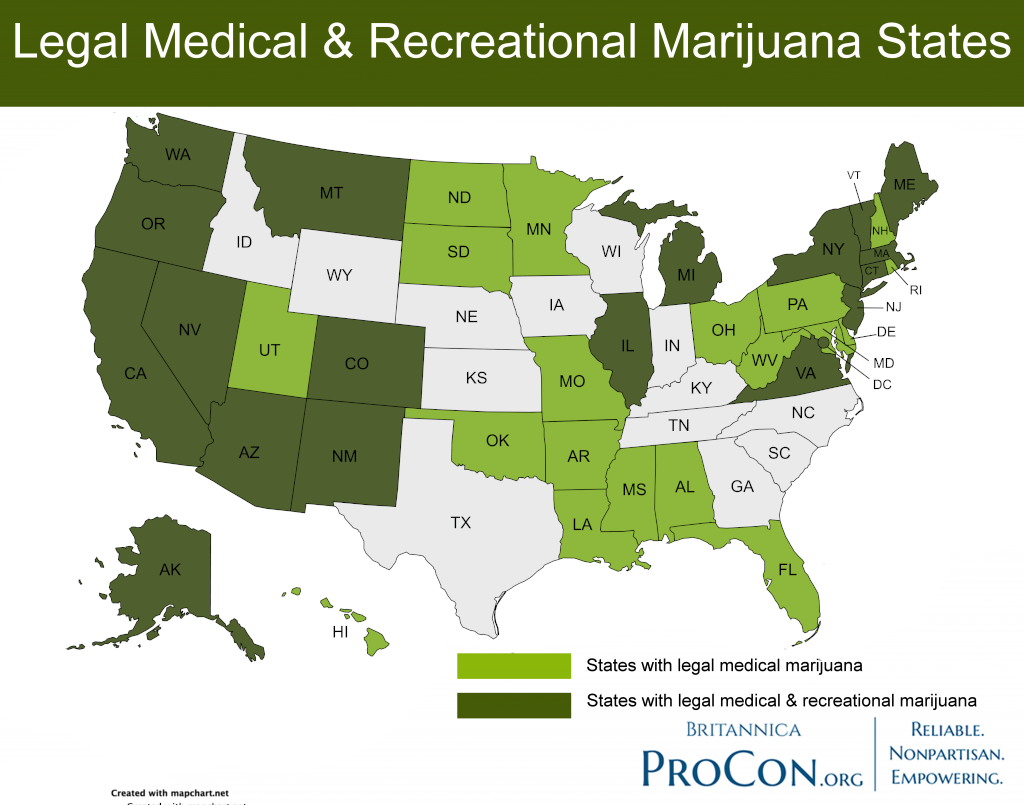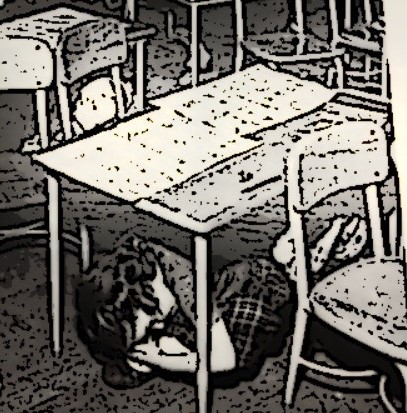Twice in my teaching life, I lost it. I completely lost control. I screamed in those classes, a little woman in a towering rage. Maybe I even cursed, though I can’t remember that, but cursing was probably at the bottom of the list of student concerns at that moment. I’m sure people heard me down the hall and on the floor below. I silenced all my students.
In the first case, some students apologized to me later, but they did not owe me an apology. No one should scream at kids for lack of homework compliance. I took a sledgehammer to the wasp on the wall that day. Across the years, I will always regret that one class.
I give myself a partial pass on the second event. I was addressing a specific instance of racism that had taken me by surprise, and I suspect casual racism never again felt casual to the student responsible. Letting my students know that racism fell outside of any category of acceptable behavior — well, that’s not so bad, although my loss of control remains in my memory. I briefly hammered that kid, and that was far from my best response. I lost a huge, teachable moment.
But here’s the thing: I am actually an exceptionally patient woman. On the patience scale, I give myself at least an “8” and maybe a “9” or “10.” You can push so many of my buttons before I get angry. When I do get angry, I may raise my voice, but I won’t throw the plaster apple on my desk. I won’t overturn desks.
Reader, try a few YouTube searches on topics like “teacher throws desk” or “teacher hits student.” Those videos are out there. So are videos of students attacking teachers. Another sobering search as we discuss arming teachers: “teacher committed suicide.” Sources claim there are 3.2 million teachers in the United States. Even if only a fraction of a fraction of 1% of those teachers have the potential to throw a desk, those teachers are out there, scattered all across our country. Some are even veterans with PTSD.
YOU CAN’T THROW GUNS INTO THIS MIX!
If you do, the next school shooting may not require anyone to get past building security. Teachers are under a great deal of stress today — and The harder we make it for them to take their rage out upon students, the safer we will all be.
And then there’s the issue of the student who steals a gun. Theft is a common category on school referral forms. I spent hours once trying to help a teacher recover the new cell phone her husband had bought her, all without success. My strongest memories from that day: 1) My administration blaming the teacher for having had her phone upon her desk; 2) Watching as students who clearly had seen what happened chose to say nothing.
Eduhonesty: We have to pull in the guns. Adding more guns can and will increase the loss of life. And we have to stop talking about mental health care as a solution.
I live in a state where one of the biggest medical networks SHUT DOWN talk therapy a few months back because there were no available therapists. I’m sure a person could bump the line by threatening to kill themselves or someone else, but the idea that increased mental health care will somehow address the problem of school shootings — that idea crosses the line from disingenuous into manipulation and pure evil. Because the politicians calling for increased mental health care are not that stupid. They KNOW that preventative care is not out there. In many locations, crisis care is barely available. They know that preventative care would not stop the shootings, even if that care were available — even if those angry loners somehow sought therapy instead of revenge on their grandmothers.



